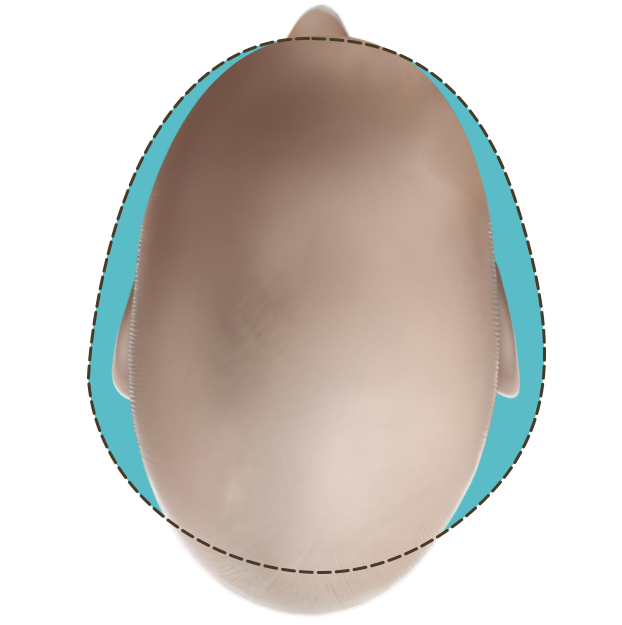FREQUENTLY
ASKED
QUESTIONS
1
HOW DO I KNOW IF MY BABY HAS FLAT HEAD
Flat head syndrome can affect both proportion and symmetry of your baby’s head.
Proportion:
width of a baby’s head is typically 80-88% of its length. If the head appears wider than usual (brachycephaly) or narrower than normal (scaphocephaly), these could be signs of flat head syndrome.
Symmetry:
Ideally, both sides of the head should mirror each other. If one side appears noticeably flatter, or if the ears or forehead seem misaligned, this could indicate positional plagiocephaly caused by consistent pressure on one side of the skull during sleep or daily activities.
When to Seek Help:
If you notice any irregularities in your baby’s head shape, consult a pediatrician or specialist as soon as possible. Early assessment ensures timely intervention, which can often correct these issues effectively.
SYMMETRY
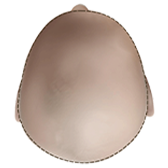
NORMAL
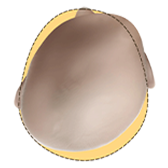
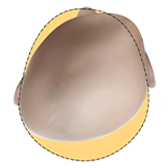

PROPORTION

NORMAL
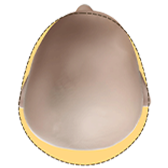


Untreated cranial asymmetry can lead to developmental delays, visual defects, jaw misalignment, and other complications. While more research is needed on its impact on neurological development, a misshapen head may affect a child’s self-esteem and social well-being in adulthood. Early intervention is key to preventing these outcomes.
2
WHAT IF I LEAVE MY BABY’S FLAT HEAD SYNDROME UNTREATED?
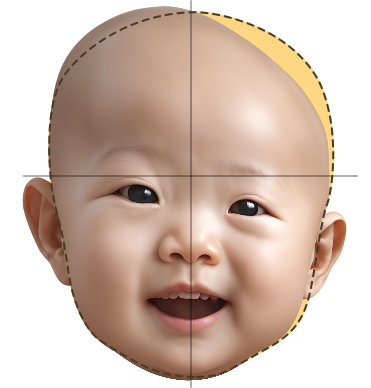

3
HOW CAN I GET TREATMENT FOR MY BABY?
We will start with a head shape scan using a state-of-the-art 3D system to measure and assess your baby’s head. This scan identifies areas that need reshaping and is completely safe.
Based on the results, our experts will provide a clinical recommendation specific to your baby’s needs.
Early treatment is absolutely crucial-older babies may require longer treatment, and therapy is ineffective once skull growth is complete. Not all babies need cranial remolding, and we’ll guide you every step of the way.
TYPES OF FLAT HEAD SYNDROME
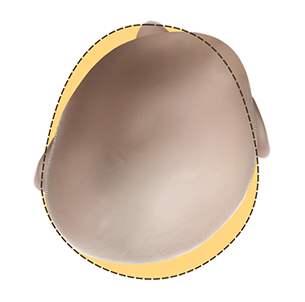
PLAGIOCEPHALY

BRACHYCEPHALY

ASYMETRICAL
BRACHYCEPHALY
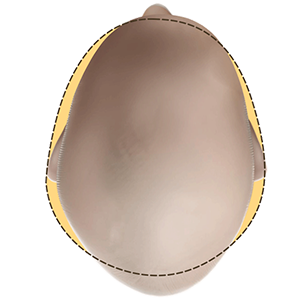
DEFORMATIONAL
SCAPHOCEPHALY
As the saying goes, prevention is better than cure. Preventing flat head syndrome starts with simple practices like tummy time and repositioning.
Tummy Time: Begin tummy time soon after birth to strengthen your baby’s neck, shoulders, and upper body. This helps prevent tight neck muscles and reduces pressure on the back of the head, avoiding flat areas.
1
Repositioning: Alternate your baby’s head position during sleep and vary carrying positions during feeding. This ensures even weight distribution on the head, preventing flat spots from forming.
2
Early and consistent prevention can make a big difference in your baby’s head shape development!
4
WHAT ARE EARLY PREVENTION METHODS

5
HOW HEADSHAPE IS CORRECTED WITHIN HELMET
PLAGIOCEPHALY (ASYMMETRY ISSUE)
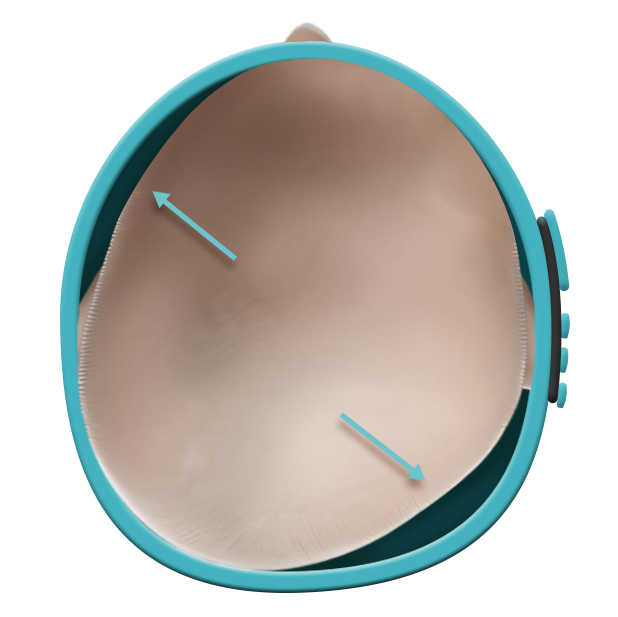
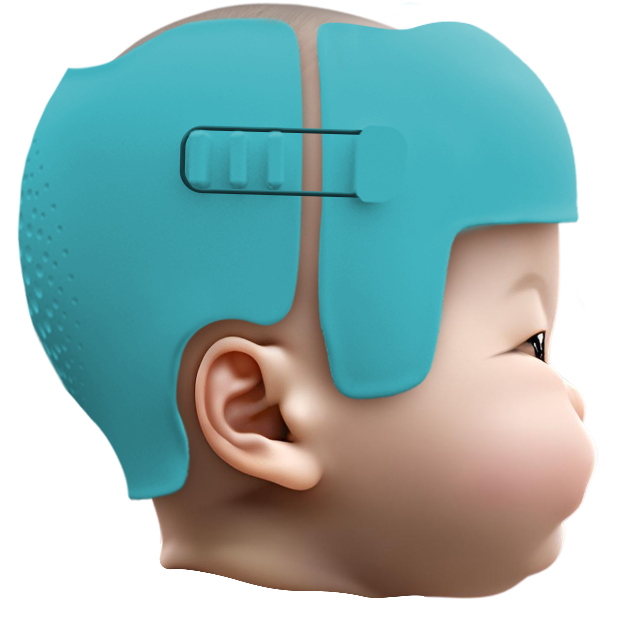

BRACHYCEPHALY (PROPORTION ISSUE)
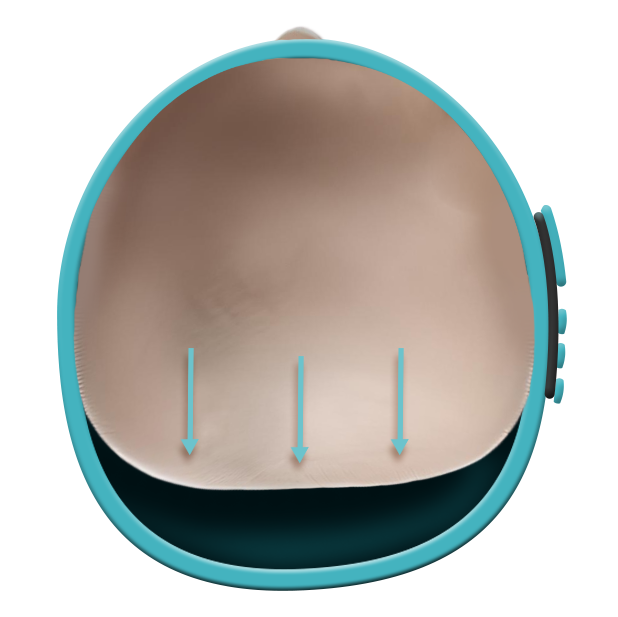


SCAPHYCEPHALY PROPORTION ISSUE

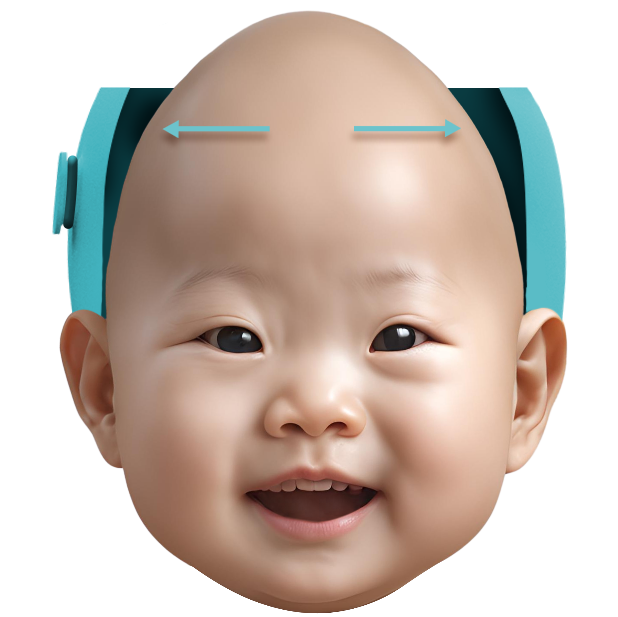
6
TYPES OF FLAT HEAD SYNDROME
DEFORMATIONAL PLAGIOCEPHALY


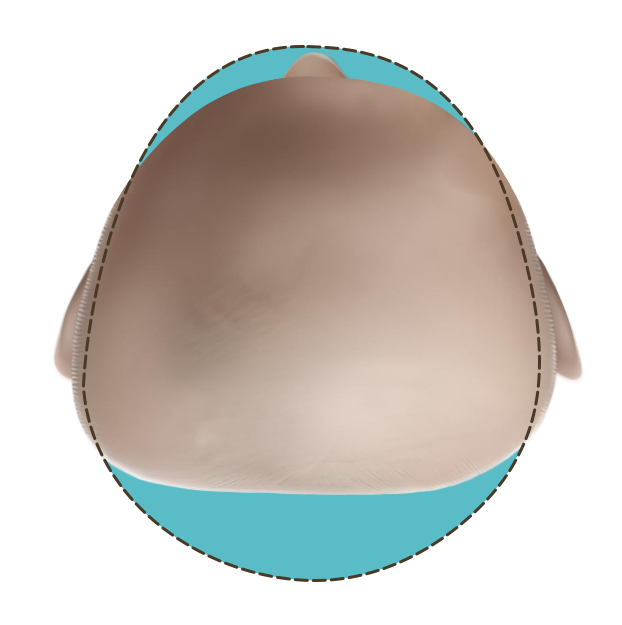
DEFORMATIONAL BRACHYCEPHALY



DEFORMATIONAL BRACHYCEPHALY WITH ASYMMETRY


